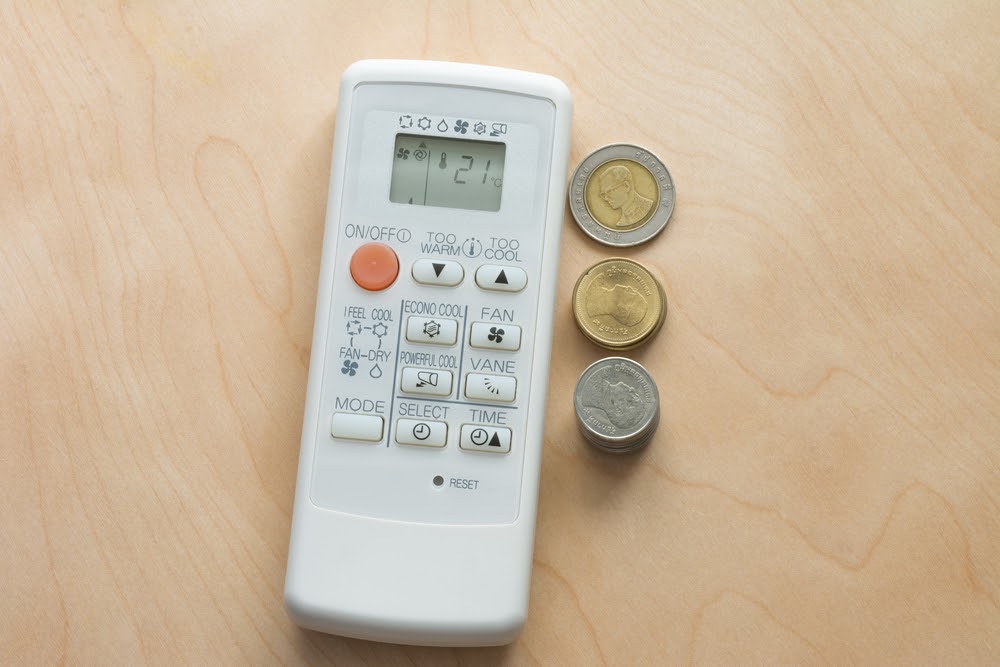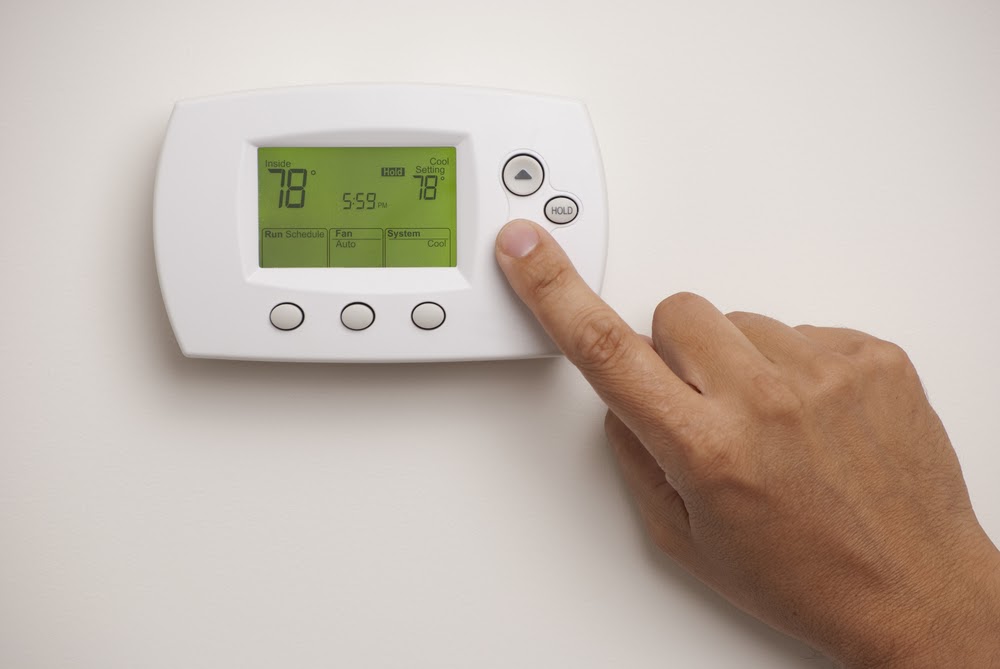Most Energy-Efficient Window Air Conditioner
While central air is a standard feature in today’s modern home designs, the past wasn’t always so…cool. Those who grew up in the sixties probably remember days of sleeping in the basement, using fans or opening windows during hot summer days.
Older homes might lack central air in some or all parts of the home. To compensate, homeowners might use window air conditioner units. These smaller units cool the home, but they also might heat up the electric bill. Looking for cheaper options to keep cool? Here is the most energy efficient air conditioner for homeowners.
Why Opt for an Energy-Efficient Window Air Conditioner?
If the home lacks full central heating and cooling or perhaps only has partial central heating and cooling, homeowners are left trying to cool off the rest of the home. Heating and cooling comprises the majority of the home’s energy use each month (nearly 50 percent). Operating multiple window units or a window unit combined with central cooling means multiple cooling costs. There is the price to run the central unit plus the cost of the window unit…or the cost of multiple window units.
During a hot summer day, a window unit will likely be in operation throughout the day. While homeowners can adjust the temperature so that it doesn’t kick on quite as often, the unit will still use its share of electricity.
Homeowners who need extra cooling options for the home and who plan to use a window air conditioning unit (or multiple units) can save energy and perhaps some money, too, by choosing energy-efficient window air conditioner units.
Shopping for these units is pretty simple, too! There are many brands that bear the ENERGY STAR logo denoting energy-efficiency. Homeowners just need to find the best option for their cooling needs…and perhaps their budget, too.

About Energy-Efficient Window Air Conditioners
Finding the best unit might require a bit of research. However, ENERGY STAR includes a comprehensive list of all the options. For each model, ENERGY STAR notes the Combined Energy Efficiency Ratio (CEER); homeowners also can view prices of certain models.
What is CEER? Pick HVAC explains that this denotes the energy efficiency of the unit both when it’s cooling and when it’s at rest.
Not all window air conditioners are right for every space. In fact, the U.S. Department of Energy explains that homeowners should look at the square footage of their space to find the right size air conditioner. The Department of Energy notes that “Based on size alone, an air conditioner generally needs 20 Btu for each square foot of living space.”
However, other factors also need to be considered when choosing a unit including the size of the windows, the climate, shade and the room’s height according to the Department of Energy.
Pricing an Energy-Efficient Window Air Conditioner
Energy-efficient window air conditioners can be found at various price points. But homeowners can’t just go by price. Again, the unit has to fit the window and it has to be the right size for the room. Once homeowners find the right size for their space, though, they can start comparing prices. Smaller models might be less than $200.
While ENERGY STAR offers some prices linked to models, not every model includes this information. Homeowners might have to do their own research to hunt down the best price. Rebates also could offset costs.
Looking for rebates? ENERGY STAR offers a Rebate Finder tool.

Other Ways to Save During Summer
Some homeowners might not have the budget to revamp their older home to include full energy-efficient central air conditioning. Window units could be their best option. While choosing an energy-efficient model can save energy and energy costs, homeowners also can make a few other changes to help keep their home cooler.
Keeping blinds and curtains closed during the heat of the day ensures that the summer’s hot sun doesn’t raise the temperature of the home and cause the air conditioner to work overtime. Homeowners also could choose energy-efficient window coverings. Using a ceiling fan also could help circulate cool air. During the summer, ceiling fans should be set to rotate counterclockwise, while the opposite is true for winter.
During the day (when at home) adjust the temperature to 78 degrees Fahrenheit. When away from at work or on vacation, homeowners might opt for a warmer temperature. One company recommends setting the temperature around 80 to 85 degrees when on vacation.
For homeowners looking for the ideal way to save energy and keep cool during the summer when central cooling isn’t a feature in the home, opting for an energy-efficient window air conditioner can check both boxes—comfort and energy savings.
For even more energy savings, keep those curtains shut, don’t make the thermostat too cool and use the ceiling fan to help circulate air. When choosing the best energy-efficient window air conditioner, opt for a model that fits the size of the room…and the window, too!


